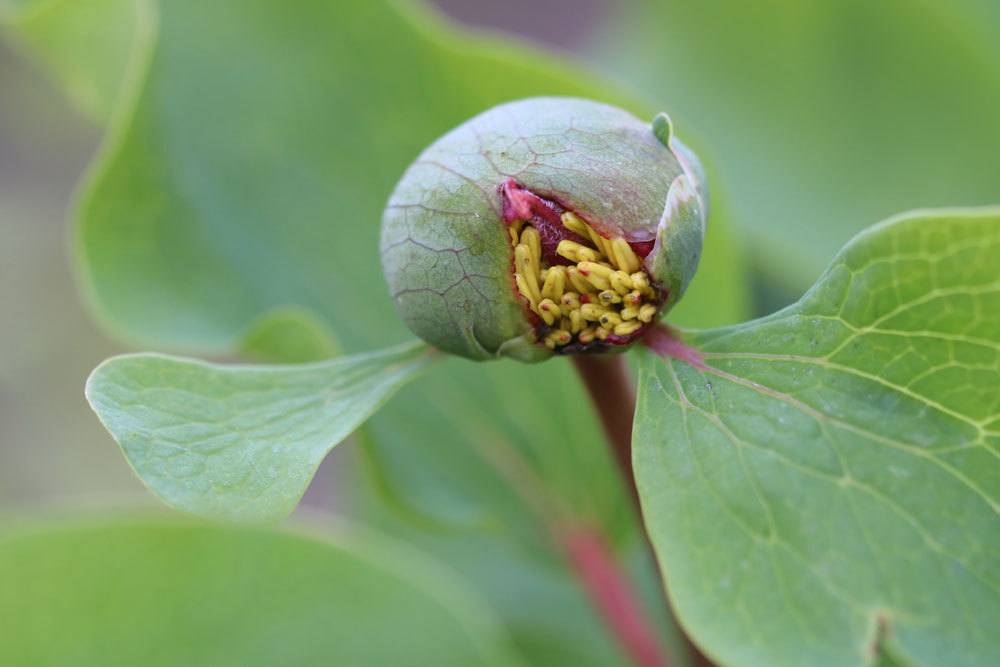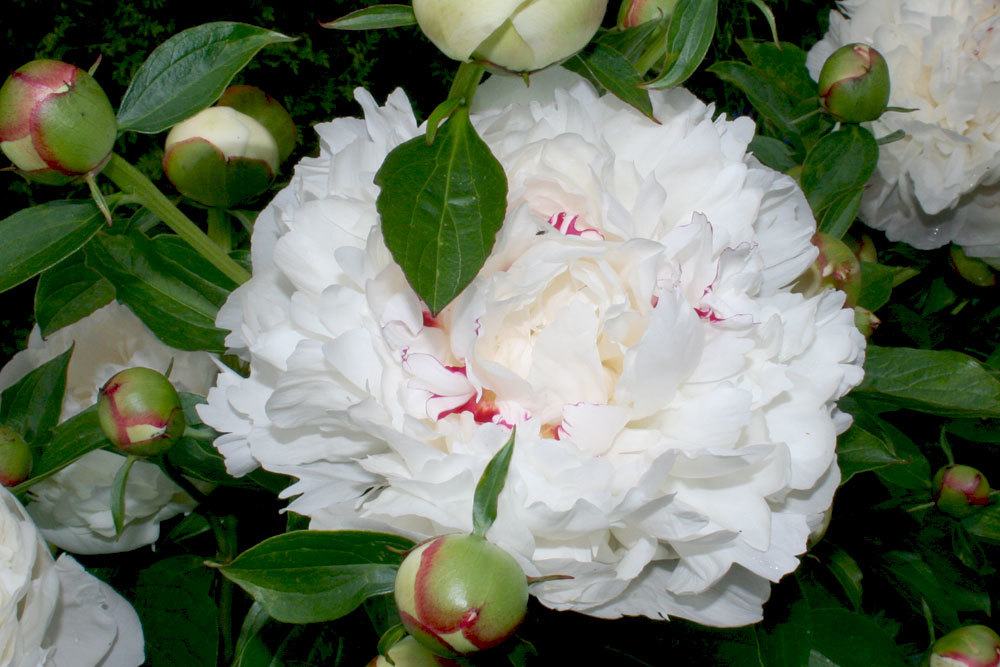Peonies give us a lavish sea of flowers in a unique blaze of color. To perfectly integrate the romantic peonies into the design plan, the exact flowering time must be known. Since this multifaceted plant family gifts us with perennials, shrubs and intersectional hybrids, let’s take a closer look. Read on to find out when early, mid and late Paeonia bloom. Benefit from our tips on what to do when buds and flowers do not want to show.
Contents
Do peonies bloom in the first year?
In our freshly planted peonies, we have high expectations for the first flowering period. As if these floral treasures were aware that decades of lavish blooms lay ahead of them, they can rarely be induced to put on a flowering dress in their first year. Vigorous young plants usually bloom from the second spring after planting. Only in locations with mild winters do the longed-for buds sprout as early as the first spring, heralding the first flowering spectacle.
Staggered flowering times at a glance
The peonies owe their name to their blooming period, which extends around the high church festival. For those who find the May to June date too imprecise, take a look at the following overview, which intends to categorize them more precisely.
Early varieties
Mid-April to the second half of May, such as the noble peony ‘Claire de Lune’.
Medium varieties
Mid-May to late May/early June, like the intersectional variety ‘Bartzella’
Late varieties
June, like the Paeonia lactiflora ‘Glory Hallelujah’ or the shrub peony ‘Fen He’

Of course, this staggering only applies if the weather plays along. Under the influence of wet and cold weather and bad-tempered frost healers, the early varieties take their time until mid-May, so that most peonies then enter the garden stage at the same time in full bloom.
No bloom – what to do?
If the bloom fails to appear – tips on causes and problem solving
Have the first and second spring after planting passed without buds or flowers showing? Then it’s time to investigate the causes of the dilemma. The most common triggers for the refusal of flowering we have compiled here for you, supplemented with tips on how to fix the problem.

Wrong depth of planting
If a peony is keeping its flowers under wraps, take a look at the planting depth. In most cases, peonies do not set buds because they are too deep in the soil. The lower eyes of perennial peonies should be planted no deeper than 3 inches in the ground. Intersectional hybrids favor a planting depth of 5 to 6 inches. Only grafted shrub peonies get their grafting point about 10 inches below the surface.
Unsuitable location
In half-shady to shady locations, you should not expect any flowers from a peony. Only in a sunny to off-sun location with nutrient-rich, humus-rich and well-drained soil does the peasant rose contribute its romantic abundance of flowers to the garden picture. The ideal light and soil conditions are of no use, of course, if plant neighbors exert root pressure on peonies. Consequently, grant your peonies a space of at least one square meter.
Frost damage
It takes several years for Paeonia to develop sufficient winter hardiness. Until then, overwintering buds in the ground are at risk of frost damage. Although mulching is discouraged during the growing season, the same is not true during the winter.
Protect your freshly planted cottage garden roses from frosty temperatures with a layer of leaves and brushwood from November through February for at least the first 2 to 3 years. Weather conditions will determine when the winter protection is removed. By early March at the latest, dormant eyes should be able to glimpse the spring sun to sprout in time.
Soil fatigue
Where peonies have already staged their flowering magic, no new peonies should be planted in the following 10 years. Peony plants of all kinds are afflicted with the phenomenon of prolonged soil fatigue. If you can diagnose this problem as the cause of a failure to bloom, we recommend a change of location. Where this is not possible, a deep and extensive soil replacement can be carried out.

Division and transplanting
The more undisturbed a peony remains, the more splendidly it develops from year to year. Unless you subject peasant roses to the stress of division or transplant them, you will look in vain for the picturesque flowers for 2-3 years.










